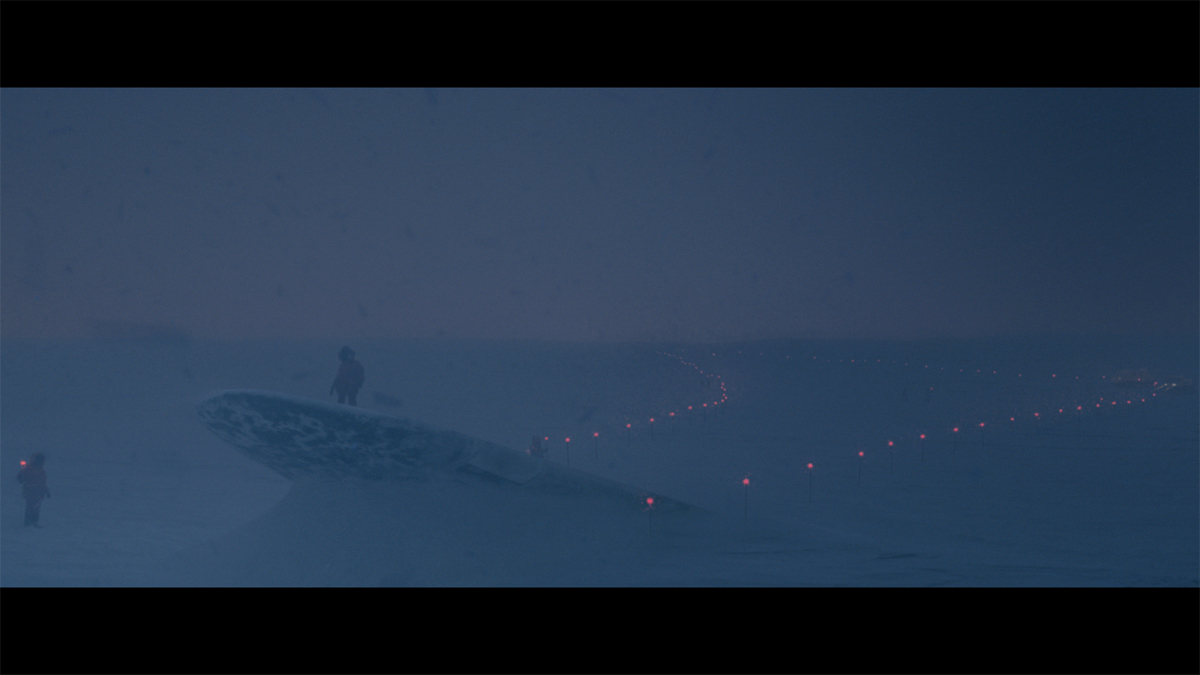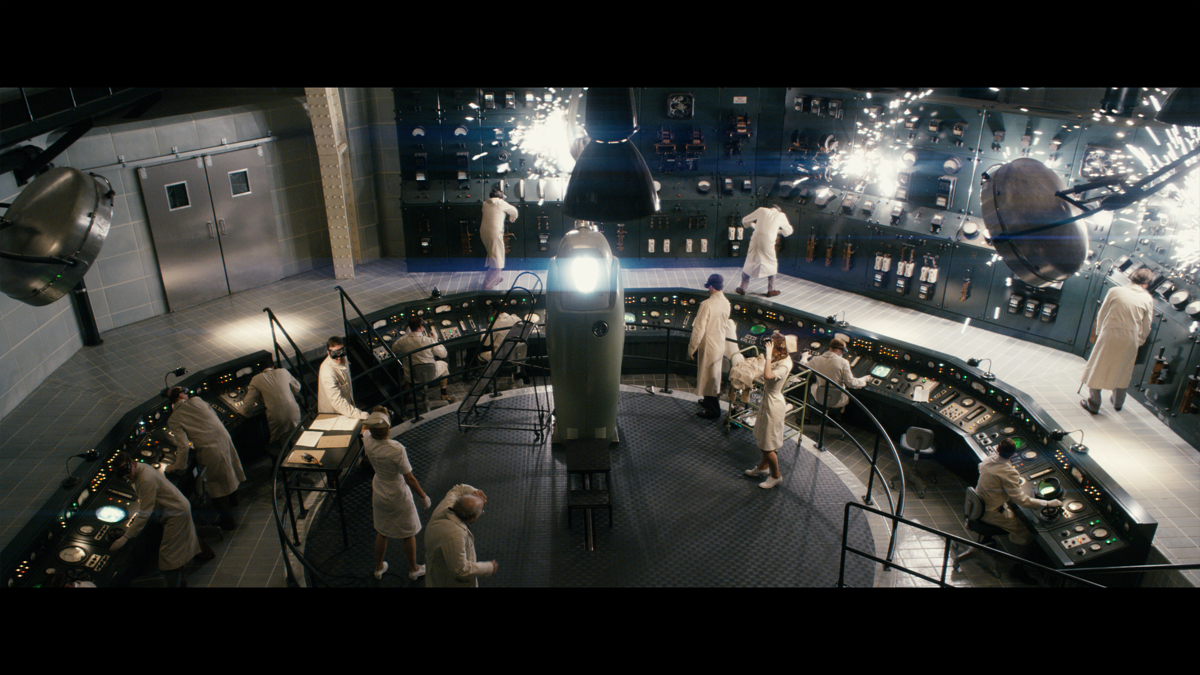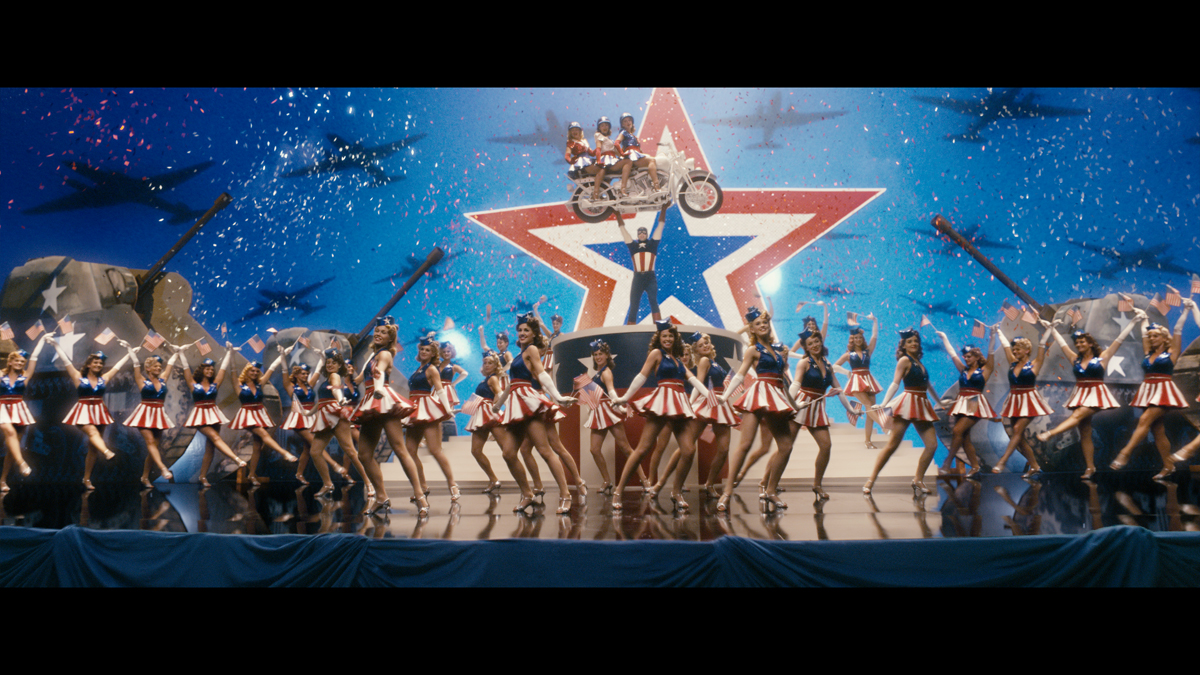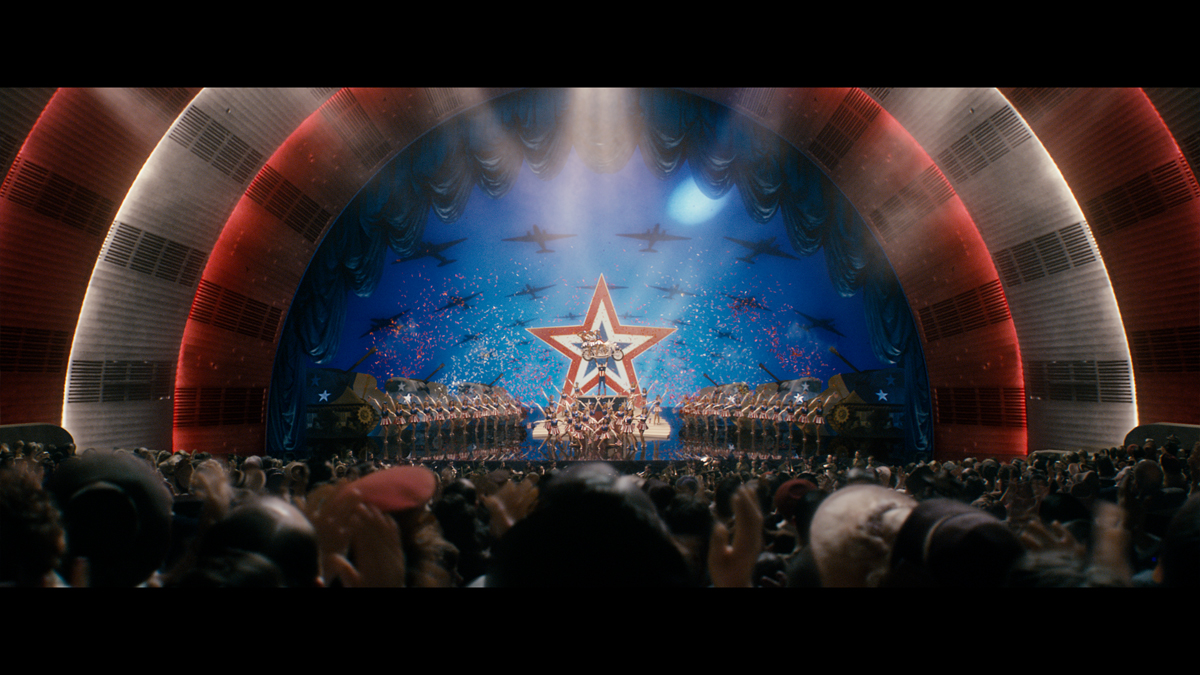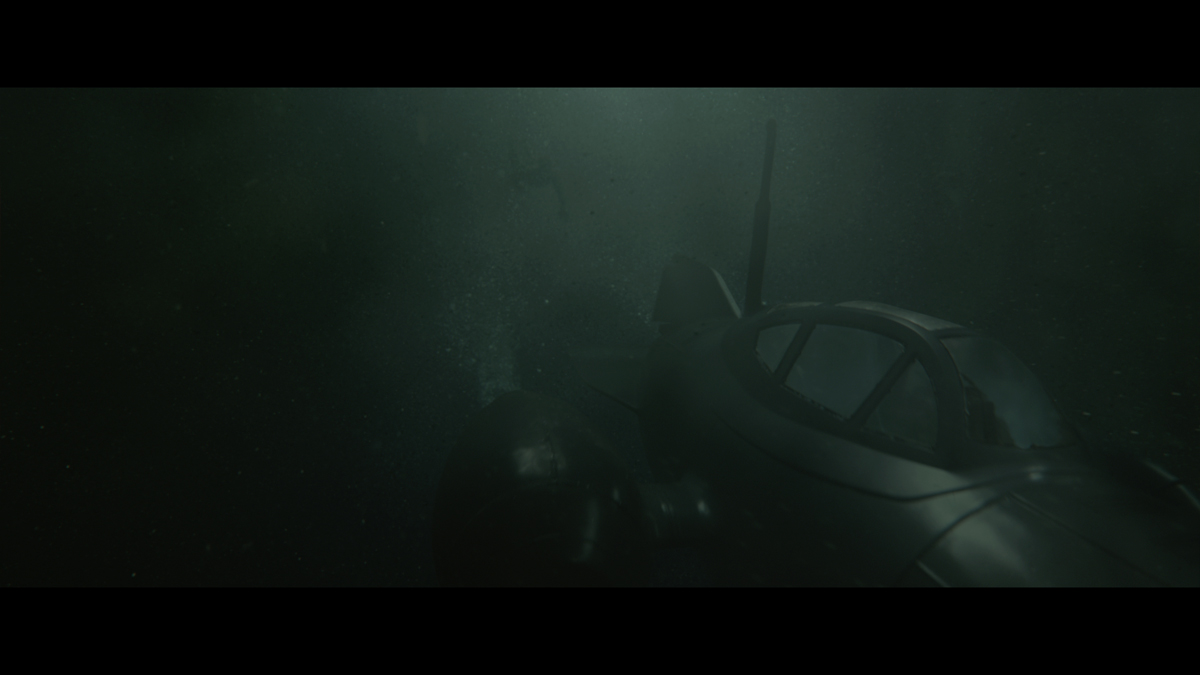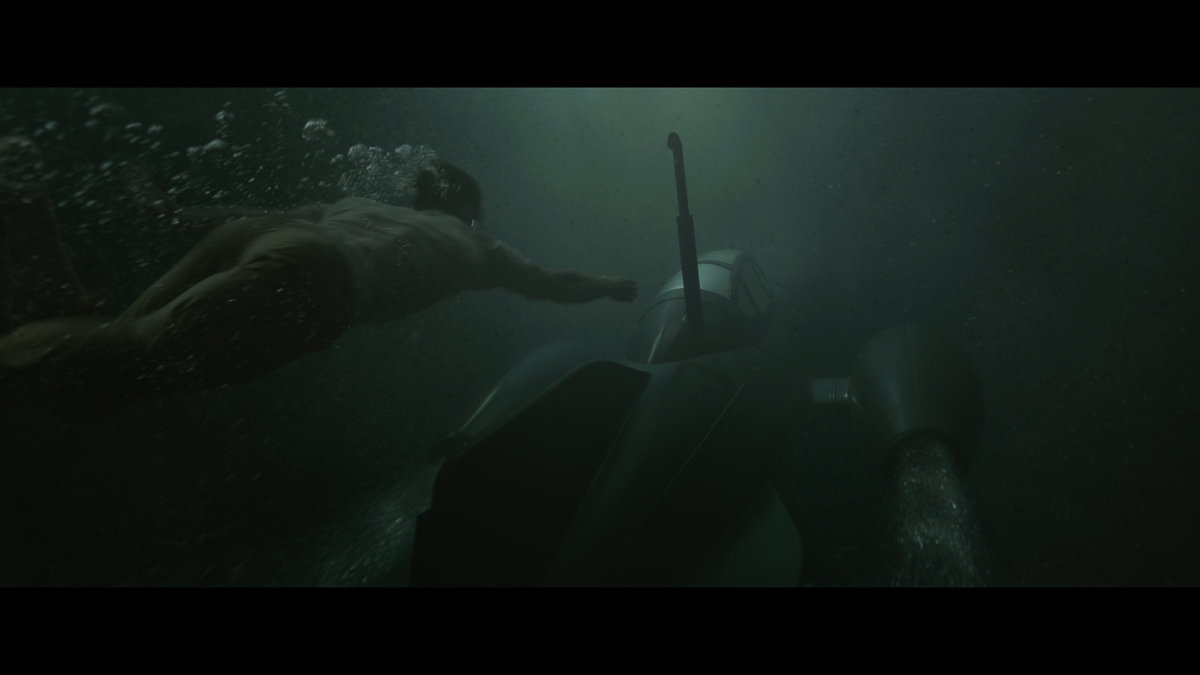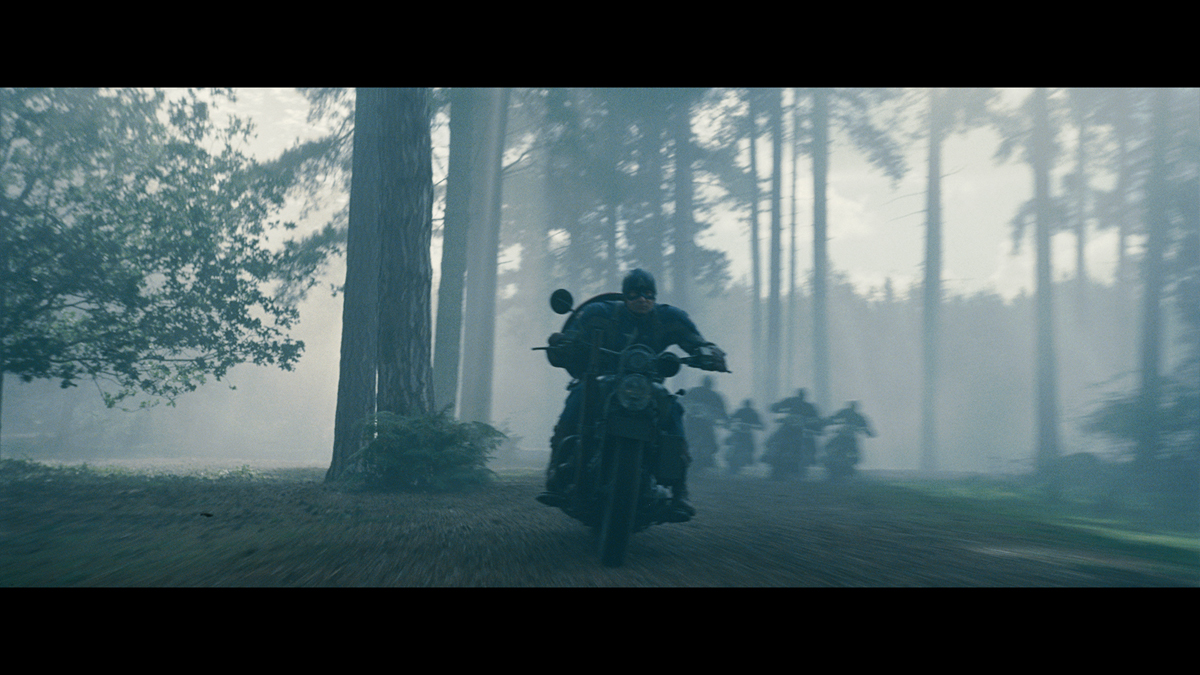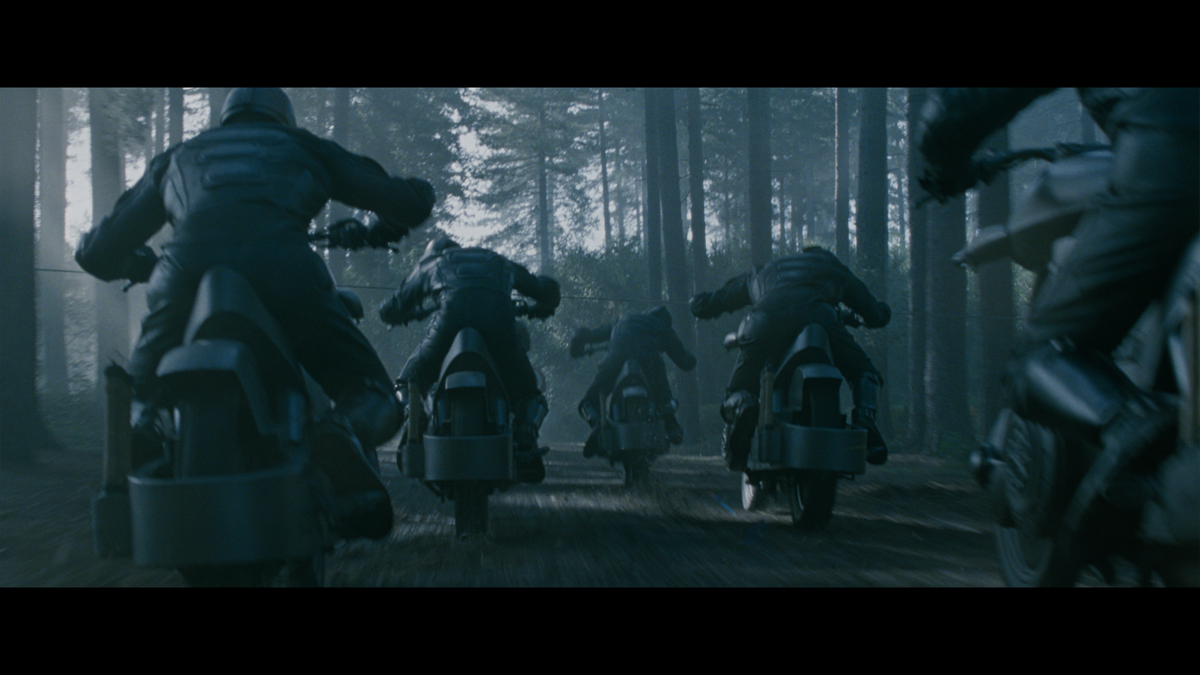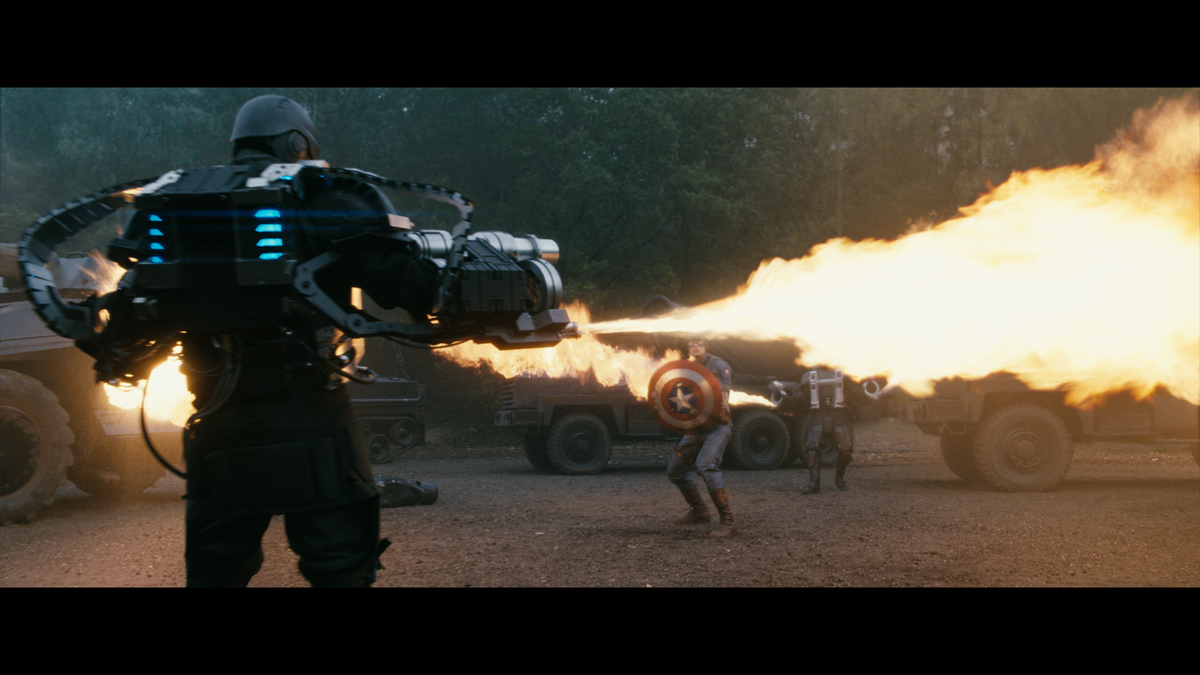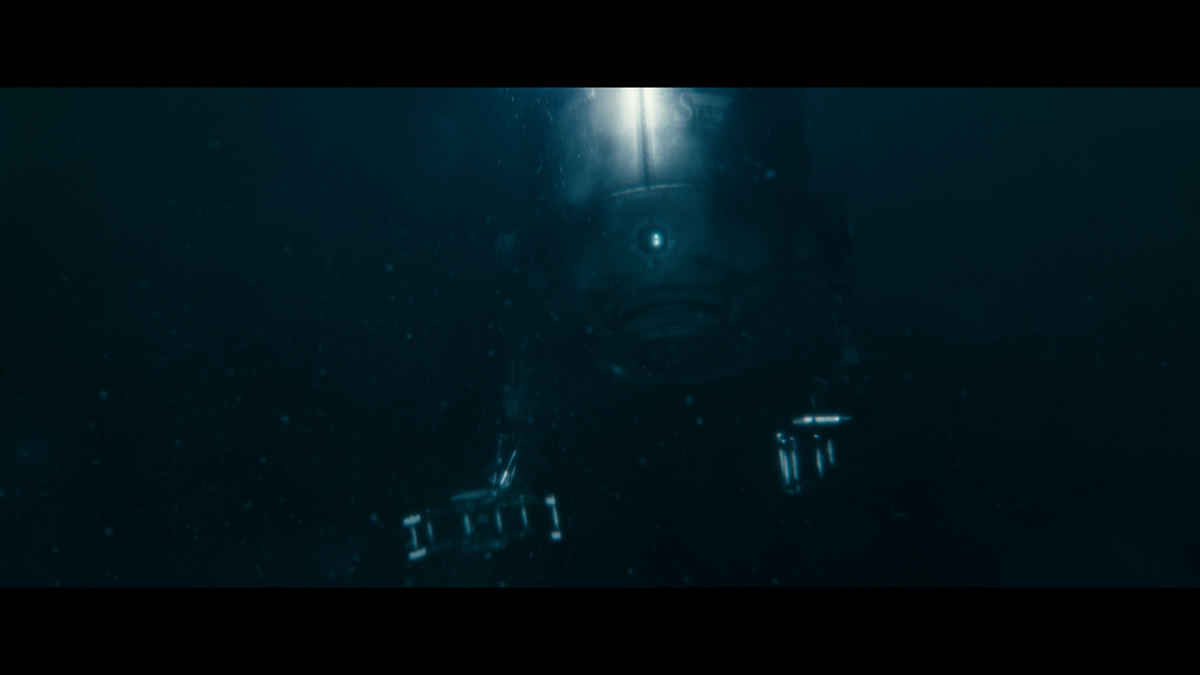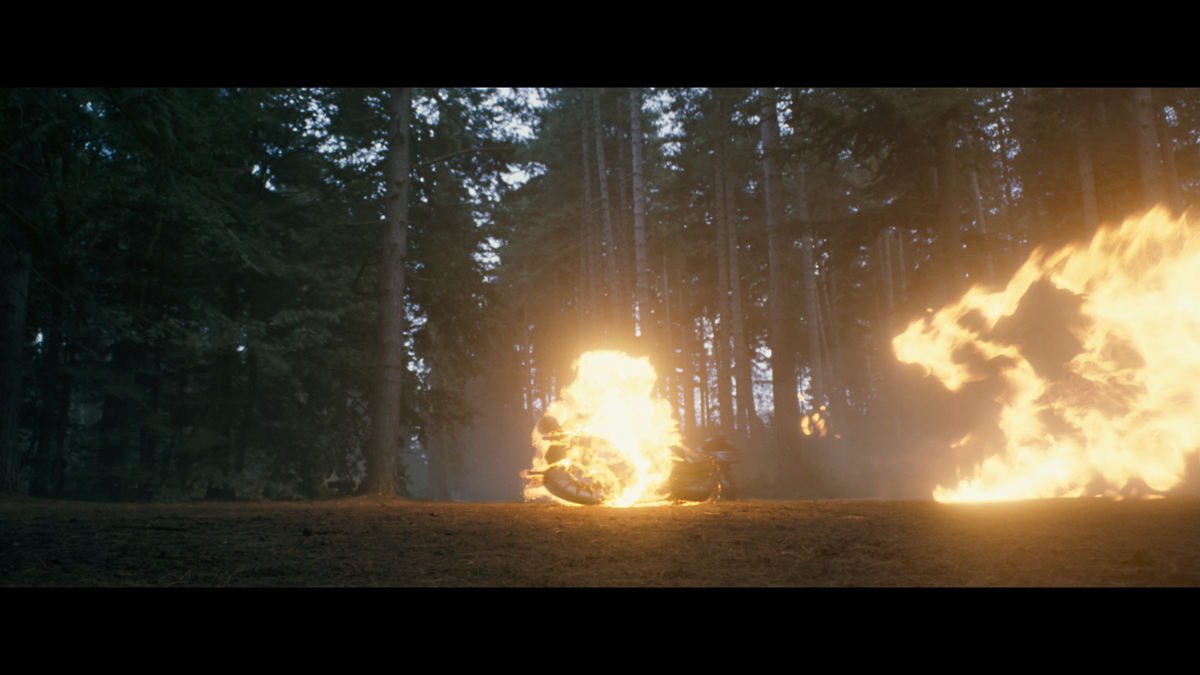Dave Morley has been evolving for over 10 years in visual effects. He has worked on films such as MOULIN ROUGE, SEE NO EVIL, or CHARLOTTE’S WEB. As a VFX supervisor, he has worked on films like ROGUE, THE SPIRIT or AUSTRALIA.
Jason Bath is also evolving over the past ten years in visual effects. As VFX executive producer, he has worked on many projects in common with Dave Morley at Fuel VFX.
What is your background?
Fuel VFX is based in Sydney and has been in operation since the year 2000. Dave and Jason are two of the five owners of Fuel – Dave’s background is as a compositor, having worked on shows such as MOULIN ROUGE; Jason worked in the production department on feature films such as DARK CITY before becoming involved in visual effects production.
How did Fuel VFX get involved on this show?
Jason: We’ve been building a strong relationship with Marvel over the last few years. They were happy with the work we delivered on IRON MAN 2 which was the first film we worked with them on, and that was followed by THOR. So it’s a mix of gaining trust, developing a good working relationship with them, and of course continuing to deliver good work.
How was the collaboration with director Joe Johnston and Production VFX Supervisors Christopher Townsend and Stephane Ceretti?
Dave: Chris was our point-person on everything and was great to work with. He was always able to provide us with specific guidance for each shot but be open to any ideas we may have had to solve things too.
What sequences have you made on this show?
Jason: Our largest sequence in terms of shots was the Motorcycle Chase where the enemy pursues Captain America to the Hydra base, and an underwater sequence where Cap swims at a super-human pace to catch the character of Heinz Kruger in his one-man submarine.
We also looked after the opening sequence of the film where the wingtip of an aircraft is discovered in the Arctic ice, the set extensions in Radio City Music Hall, and the short sequence near the end where Howard Stark recovers the ‘cosmic cube’.
Can you tell us more about your sets extensions? How did you proceed for their creation?
Dave: The Hydra base is supposed to be nestled at the foot of the German Alps but was filmed just outside of London which doesn’t look like the Alps at all of course. So we built a digital environment that we called Box Canyon, and this was required for almost every camera angle.
The look and layout of Box Canyon was designed by Fuel’s art department, with significant input and references supplied by Marvel. Matte painting projection techniques were used to create the surrounding cliffs and the looming peaks of the Alps. These matte projections were integrated behind foreground trees and set dressing, such as the concrete ramparts, with yet further projection of matte patches. The rear cliff face with the large iron doors leading to Hydra’s underground cavern was a fully CG build.
The Radio City Music Hall scene was filmed on a small sound stage with green screen backdrop. As this location exists in the real world we placed the sound stage in a CG version of the real Hall and dressed it in patriotic in red, white and blue. Roving spotlights, a bit of smoke, and layers of crowd elements complete the Hall environment for the wide shot. To create the on stage entertainment we built CG props – the tanks, the large star, the rear-projected film of the bombers flying overhead, and the spurts of confetti. Multiple separate elements of chorus girls were also comped together.
Can you explain to us the shooting of the sequence in which Captain America is chasing a submarine? What did you do on it?
Dave: The Submarine Chase was filmed wet-for-wet in a tank. We match-moved the sub so we had a locked camera based on its movement; we then parented the camera and proxy sub geo together and animated additional movement on top to enhance the speed of travel. This was placed within our created underwater environment, which include the hull and rudder of a container ship, and the wharf wall and piers.
We added a lot of underwater particulates, seaweed, fish life and general waste to create a murky look to the water. The particles then helped us sell the speed that the sub is travelling at. Proxy geo of Cap was also match-moved in to allow for interaction of the particles around him and we also added a cavitation effect trailing from the sub’s engines.
How did you create the lasers, fire and water elements? Did you develop specific tools for them?
Dave: The FX work was achieved with a mix of Houdini and Maya. We have some custom tools for control of our fire sims which we developed further for Cap.
Can you tell us more about the motorcycle chase sequence? Did you enhance the environment? Did you create CG vehicles and especially for this chase sequence?
Dave: The motorcycle sequence required quite a range of effects work. We needed to create some digital doubles of the Hydra Bikers – as well as CG motorbikes for both Hydra and Cap. The Hydra tank was an actual prop and we received a scan of that vehicle which we then remodeled, textured, shaded and rendered from there.
There was a lot of FX simulation work in the sequence – flame-throwers and fire elements, explosions with raining dirt, the ‘blue bolt’ lasers, extensions of prop trees, as well as the Box Canyon set extension described above.
On top of all that the photography was a mix of location work and green screen that needed to seamless intercut together. We rippled the edges of Cap’s costume on his close-ups and added small wisps of dust to help sell the fact he was riding at speed. And we did a lot of digital grading work across the sequence to balance it all together so it worked as a single event.
How did you create the shot in which a Bathysphere retrieves the Cube?
Dave: Chris briefed this shot into us later in the schedule so it needed to be a fully CG solution – which was fine as we already had an underwater look set-up from the one-man sub sequence. We were given some art department sketches of the bathysphere. The director was generally happy with it, but wanted the design of the arms to change. We worked on the philosophy that, being a Stark Industries creation, the design of the arms should reflect early ideas of what would become the Iron Man suit. We ended up designing the new arms and embellished the actually tank a bit more in the modeling department. Texturally we based the bathysphere on a more traditional submersible of the era by making it copper, but this evolved into more of a gun metal steel.
The whole brief of the shot was to make the sub appear out of darkness through a lens flare to reveal the cub lying on the ocean floor. The whole environment was created including the ocean floor, sand, weeds, and underwater flotsum and particulates. We also had a few other shots where the cube was shown through a monitor on the boat, for these shots we also created particulate effects of the cube being pulled form the sandy ocean floor.
Can you tell us more about the creation and design of the Cube?
Dave: We created the Cube based on reference from THOR and it was probably the hardest part of the shot because it’s such an important part of the Marvel universe that they were understandably very fussy about what it looked like – we did a lot of versions!
How did you managed the stereo aspect of your shots? What kind of constraints did you encounter with stereo?
Dave: The film was shot mono and was underwent a post conversion so there weren’t really any constraints due to stereo. We had just been through the conversion process with Marvel and Stereo D on THOR so we understood what was required. We supplied mattes and elements where appropriate to Stereo D as well as Nuke scripts and geometry. For shots that were fully CG we rendered a second eye based on interocular information supplied to us.
Was there a shot or a sequence that prevented you from sleep?
Dave: I’m not sure it prevented us from sleep, but probably the single trickiest challenge was creating the shot were Cap’s motorbike runs off on it’s own towards the entrance to the Hydra base and explodes. The bike was filmed in camera but the timing and speed of it within the camera move just didn’t work and we spent quite some time coming up with various solutions with Chris and Editorial to make the shot work.
In the end it became a full reconstruction. We put in a digital bike and re-animated it. All the people in it became rotoscoped elements that were stolen from other shots and we added CG vehicles, explosions and debris to dress the frame. In the end the only thing left from the original plate was a truck that appears for the first 20 frames.
What do you keep from this experience?
Dave: This was the first film we deployed Houdini on. This was always going to be different for me, but to have CG supervisors Chris Horvath and Johannes Saam leading the effects team made the process easy and painless. It was great to see how our FX pipeline for the show could be so easy and seamless to get a large amount of shots through with an extremely short turnaround. I’m a convert!
How long have you worked on this film?
Jason: The schedule was just over 5 months and we delivered 120 shots.
What was the size of your team?
Jason: About 55 crew worked on the film at Fuel over the course of the project.
What is your next project?
Jason: We have a few projects currently in production, but the only one we can mention publicly at the moment is Ridley Scott’s PROMETHEUS for Fox – which of course is extremely exciting to be a part of. One of our recently completed projects, COWBOYS & ALIENS is screening in North America at the moment. We did some very complex CG fire work on that for Industrial Light & Magic which we are really proud of.
A big thanks for your time.
// WANT TO KNOW MORE?
– Fuel VFX: Dedicated page about CAPTAIN AMERICA on Fuel VFX website.
© Vincent Frei – The Art of VFX – 2011


